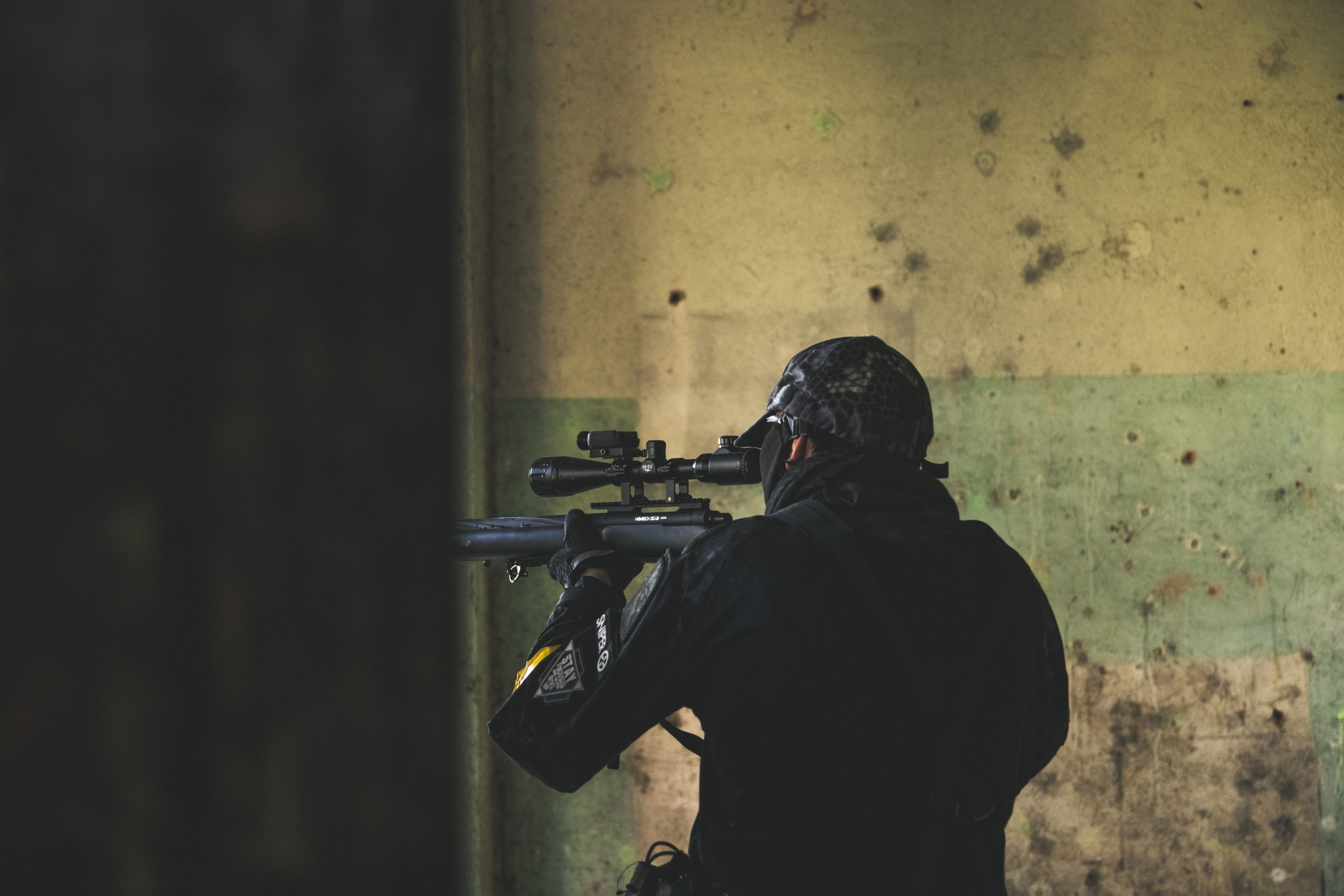Prior to Russia’s invasion of Ukraine, the Biden administration — in an action designed to show support without overly committing the US — sent $200 million in weapons to Kyiv. This is in addition to the authorized $412 million in financing, arming, and training in 2020. The Biden Administration has also committed an additional $350 million for weapons after the first three days of fighting.
In the rush to supply weapons to Ukraine, the challenges of tracking them and making sure they do not fall into the wrong hands is being downplayed. While the Ukrainians do indeed need weapons and other resources to repel the Russian onslaught, it is important to discuss both the potential long-term risks of such policies in addition to short-term benefits.
WHERE’D THE PREVIOUS WEAPONS GO?
Since 2000, the US has provided double-digit millions of dollars in weapons and weapons training to Ukraine. According to data collected by the Security Assistance Monitor, prior to the Russian invasion of Crimea in 2014, the two largest increases in this aid occurred in 2002 (where the total value was over $67 million) and 2008 (where the total value was over $80 million). For the former, this was Ukraine’s fifth year collaborating with NATO and the development of the NATO–Ukraine Action Plan, which called for greater security cooperation. In 2008, security assistance increased after the Russian war with Georgia. Finally, following Russia’s invasion of Crimea, security assistance from the US to Ukraine increased to over $90 million in 2014, over $182 million in 2015, and then has remained above $200 million every year since. Yet, many of these weapons have seemingly disappeared into an abyss.
According to the 2021 Global Organized Crime Index, Ukraine has one of the largest illegally trafficked arms markets in Europe, especially when it comes to small arms and ammunition. About 300,000 small arms and light weapons were reported lost or stolen between 2013 and 2015. Of these, only slightly more than 13% are recovered, while the vast amount remains in circulation in the black market. This says nothing of major weapons, such as radar systems and Javelin missiles also sent to the country.
As Russia’s invasion of Ukraine continues, US policymakers need to have a serious conversation about the dangers loose weapons can bring to an already dangerous situation.
There is substantial evidence that those responsible for weapons transfers in the US are failing at end-use monitoring of the weapons sent to Ukraine. In an evaluation of end-use monitoring, the Inspector General of the US Department of Defense suggested that the department “establish a frequency for Compliance Assessment Visits for countries identified as high risk,” which would include Ukraine. A response from Acting Director of the Defense Security Cooperation Agency (DSCA) Cara L. Abercrombie notes that doing so is “unworkable because the ability to conduct a visit within a set timeframe may be impacted by unsafe security conditions, scheduling conflicts, unavailability of support personnel, or other factors beyond the DSCA’s control.”
DOD has been able to monitor just three types of weapons: Javelin missiles, Javelin launch units, and night vision devices. This is because these are the three types of weapons transferred under DOD’s purview that qualify for Enhanced End Use Monitoring, which is a black box. The DOD, however, notes that this is due to the “sensitivity of the technology associated with the article.” According to international watchdogs, the following have gone unmonitored: Patrol aircraft, mobile radar systems communication devices, counter-IED equipment, military vehicles, weapons storage facilities, and other physical equipment.
AREAS OF CHANGE
Russia’s invasion will likely make any future efforts to track these weapons a hornet’s nest, which is only worsened by the obliterated markings on and unreported theft of weapons. Regardless, a holistic assessment is clearly needed and there are two key areas that must change.
First, the DSCA needs to take the recommendations of the special report by the Inspector General of the DOD seriously and must take immediate action. It is understandable that it is logistically difficult, but risk evaluations need to be prioritized. Ways to do this include the US using an index to evaluate where risk could be most problematic. After that, they can work with the risky countries to reduce the chances of weapons ending up in the wrong hands. An example of this working is when India and the US signed an end-use monitoring accord in 2009. Since the agreement, no US technology sent to India has been reported to end up in the wrong hands. While simply a single case, if this same policy were applied to Ukraine, it is likely that monitoring these weapons would be easier given analysis of warning signs and multilateral cooperation. More importantly, it could help identify organized crime and dispersion in Ukraine (and even in Central America, where loose weapons run rampant).
The second necessary change is empowering the departments of State, Defense, and Commerce to improve their monitoring programs. According to the State Department, only 1% of total weapons licenses are monitored, but 25% of those result in an unfavorable rating. Another example of where this is a problem is Latin America. As a region, Latin America has low gun ownership rates but high rates of gun violence. It is lost and dispersed American weapons driving the disparity between gun ownership and the high homicide rate. A better end-use monitoring regime — by preventing this dispersion — could make a significant difference in resolving this problem.
For State and Defense, improving the resources and authority both must monitor transferred weapons will help prevent US arms from being used against US interests, as has been done in Afghanistan, Iraq, the Philippines, and Mexico. Forcing the Commerce Department to monitor human rights and future national security risks will help avoid complications from handguns and ammunition ending up in the wrong hands.
THE COSTS CANNOT BE IGNORED
The discourse thus far has focused on short-term military benefits, but since Ukraine has a history of losing track of weapons provided by the US — and the risk of dispersion fundamentally increases during wartime — US policymakers need to have a serious conversation about the dangers loose weapons can bring to an already dangerous situation.
While the world understandably wants to help Ukraine battle the Russian invasion, policymakers should think long and hard about the result of sending more weapons. Moreover, if they choose to send weapons to aid in the conflict, they must take seriously the monitoring of these weapons. Our inability to keep track of where military equipment ends up after delivery could easily result in unintended consequences.
Jordan Cohen is a Policy Analyst in Defense and Foreign Policy Studies at the Cato Institute and a PhD candidate in political science at the Schar School of Policy and Government at George Mason University.




















